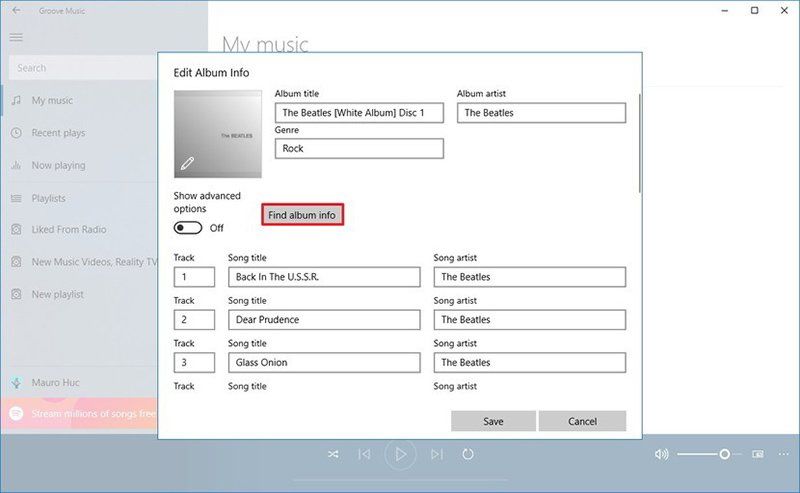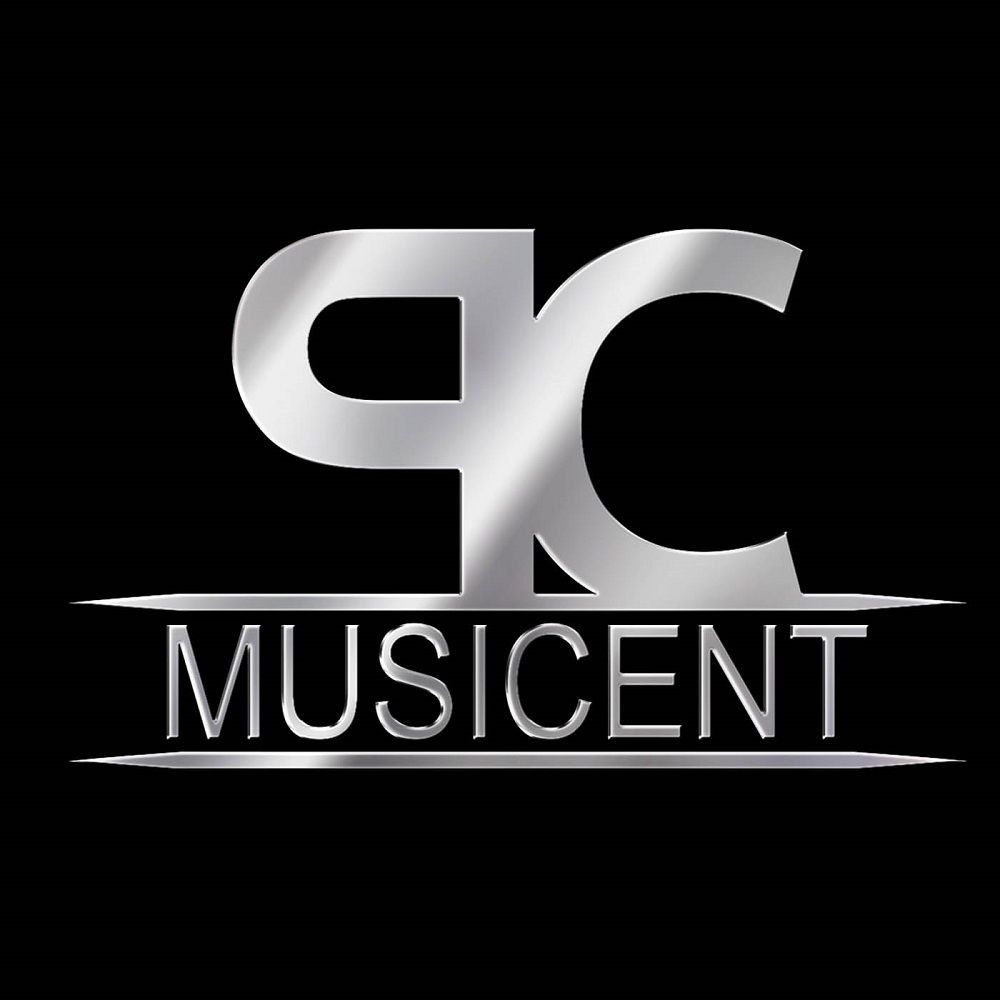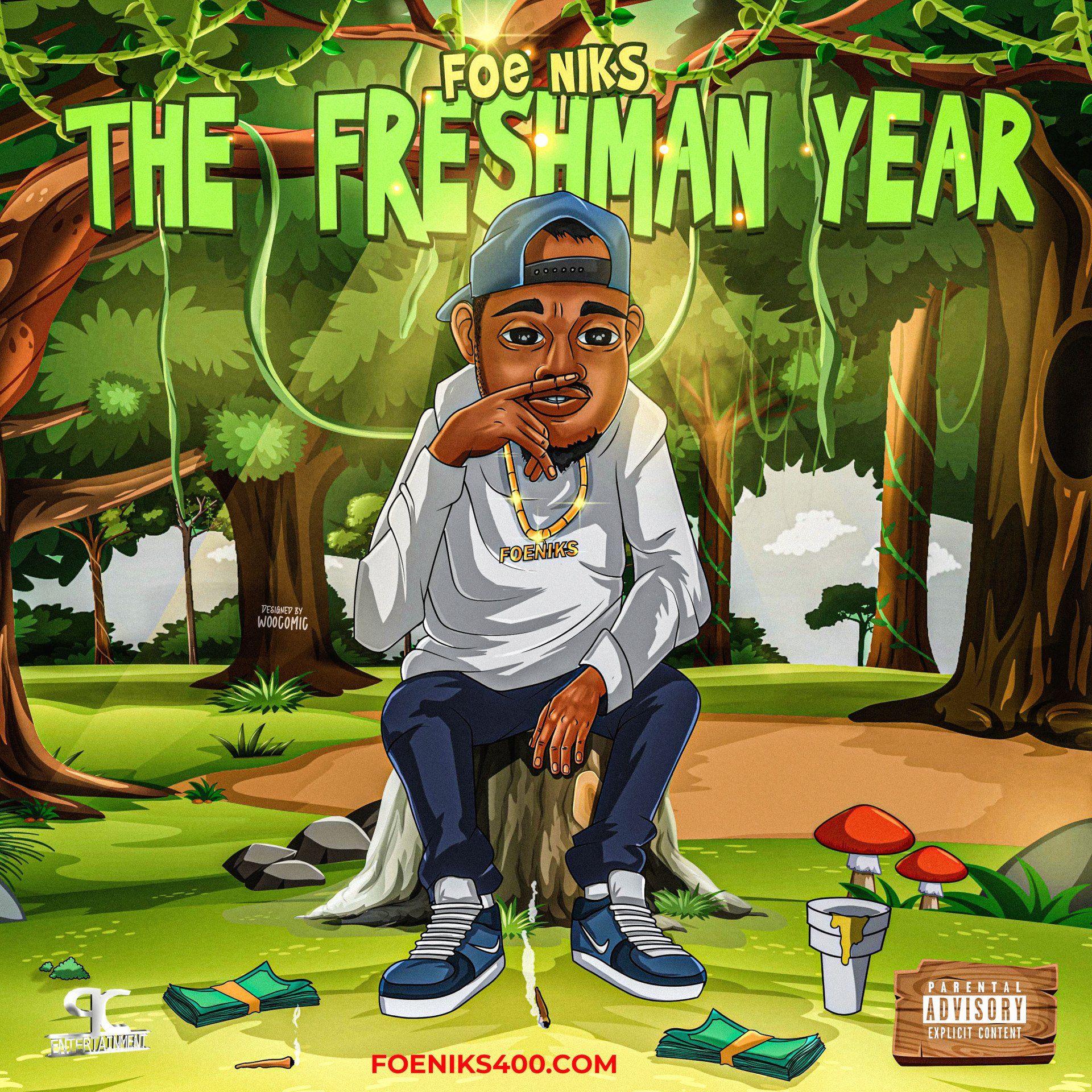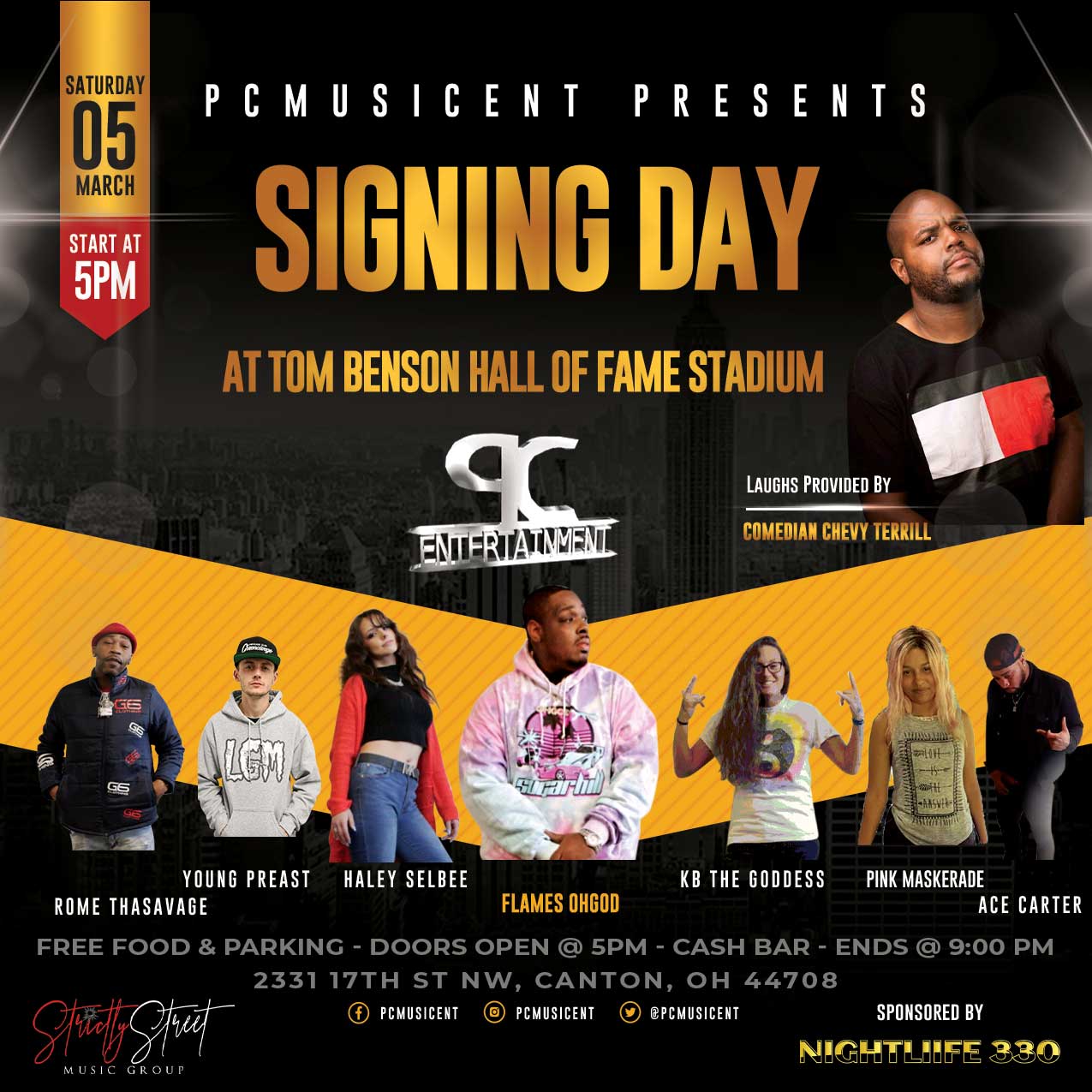What is music metadata?
Music metadata is the information included in audio files used to identify, label and present audio content.
Metadata is used by every major device and music streaming application including smartphones, Spotify, Apple Music, YouTube and all other major online music services.
Metadata includes information like artist, genre, label, song titles, album name and track numbers.
Metadata began as basic info encoded directly into the files on a CD. Today it refers to any information that needs to accompany a music file on streaming services or digital stores.
Streaming platforms rely on metadata. It’s more important than ever. Without metadata your tracks would have no context—just anonymous files in the sea of data online.
Think about it this way: the more detailed your metadata is, the easier it is to deliver your music to the right listeners.
Skimming over your metadata is like sending your music to the airport with no passport, no boarding pass, no money and no neck pillow. It’s not going to reach its destination without a lot of confusion and stress.
That’s why strict conventions for metadata are necessary for major streaming platforms like Spotify and Apple Music.
It’s also why metadata issues can stop your release in its tracks. If the metadata is incomplete or incorrect, it won’t make the cut for digital distribution.
How does metadata work?
Metadata used to be written into a special part of the file that didn’t contain audio. That’s how metadata on CDs and other media was originally stored.
Metadata can still be included this way. You can add it to your own files using tagging tools such as like Kid3.
It’s not a bad idea to include metadata directly in your WAVs, but streaming services almost always rely on the metadata submitted by your digital distribution to identify your music.
That’s why you have to be extra careful to get it right.
When it comes to submitting metadata for streaming services, your digital distributor will take care of sending it—if you enter it for them properly.

How to get your metadata right
Here’s a full list of the data you need to confirm before you can distribute your music successfully:
- Track Title: the name of your song
- Genre: the primary genre of your track
- Subgenre: the secondary genre
- Primary Artist: the main artist on the track. You’ll need to enter this exactly the same way for every track in the release.
- Featured Artists: any other artists featured on the track. Do not write featured artists in the primary artist field—that’s what this one is for!*
- Composer: The person who wrote or contributed music for the song
- Publisher: The publisher representing the composer. Enter the composer name again if there is no publisher.
- Producers: the producer(s) credit on the track
- Additional Contributors: Anyone else that worked on that track that should be credited ISRC: The unique identifier that gives your track its own digital fingerprint. If you don’t have an ISRC for your release PCMUSICENT will provide one for free.
- Explicit Content: indicates whether the track contains explicit content according PCMUSICENT’s guidelines.
- Lyrics Language: the language of the sung lyrics
- Lyrics publisher: The publisher representing the lyricist/lyrics contributor
- Composition Owner: The owner of the composition rights
- Year of Composition: The year the track was composed
- Master Recording Owner: the owner of the sound recording
- Year of Recording: The year the recording took place.
- Release Language: The language of the release itself. Even if you are intending to distribute your release in a different country or territory the release language must be the language of the metadata you are entering.
This list might seem excessive, but it’s worth it to enter as much of it as you possibly can.
4 metadata mistakes to avoid
Metadata is how streaming services do quality control on their platforms.
That means if something isn’t quite right, your release won’t make it.
Metadata that doesn’t conform to the rules will stop your release from making its way to stores.
Here’s 4 essential steps to make sure your metadata doesn’t cause any issues with your release.
1. Triple-check your spelling and formatting
Make sure to always spell your track and artist names correctly and exactly the same way each time.
Your spelling and formatting must be consistent every when you credit an artist name, whether it’s yourself as the primary artist, or anyone else as the featured artist.
Even if you need to enter names multiple times, never abbreviate them or add extra punctuation.
If you need to enter an additional artist or contributor use the “+” icon to add an additional field to the form.
It’s important not to combine artist names, such as “Toots & The Maytals” unless you want your release to show up on an entirely separate artist profile on digital platforms.
Do not add multiple contributors as a list in a single field.
2. Enter the correct release language
The release language field indicates the language and character set of your release.
Even if the language of the lyrics is different, use this field to enter the language of the metadata you’ve been filling in.
3. Don’t try to manipulate the system
Metadata that doesn’t give meaningful information isn’t useful and doesn’t contribute positively to the quality of your release on streaming services.
Take a straightforward approach to the guidelines for metadata.
Don’t misrepresent information about your genre or subgenre for effect. This only makes listeners (and algorithms) confused!
4. Pay attention to your album artwork
Album artwork absolutely must be consistent with the metadata entered for the release. You have to give the artwork the same level attention to detail as the rest of the information about your release.

When major streaming platforms say that they don’t tolerate URLs, social media handles or excessive text in album artwork, they mean it.
Attempts to drive traffic outside of the platform bring down the overall sense of quality on streaming services—don’t bother with these kinds of tactics.
Having accurate, clear and consistent information is what will benefit your music in the long run.
Remember that these outlets pay massive fees to keep top artists in their libraries. If you want your content to be presented alongside the top names in music you must respect their rules.
Metaphysical release
Your track’s metadata is what makes it a quality product on a streaming service.
Getting it right is crucial for getting that product to audiences.
Now that you know every detail about metadata requirements, you’re ready to get started with your first release.
Latest News








